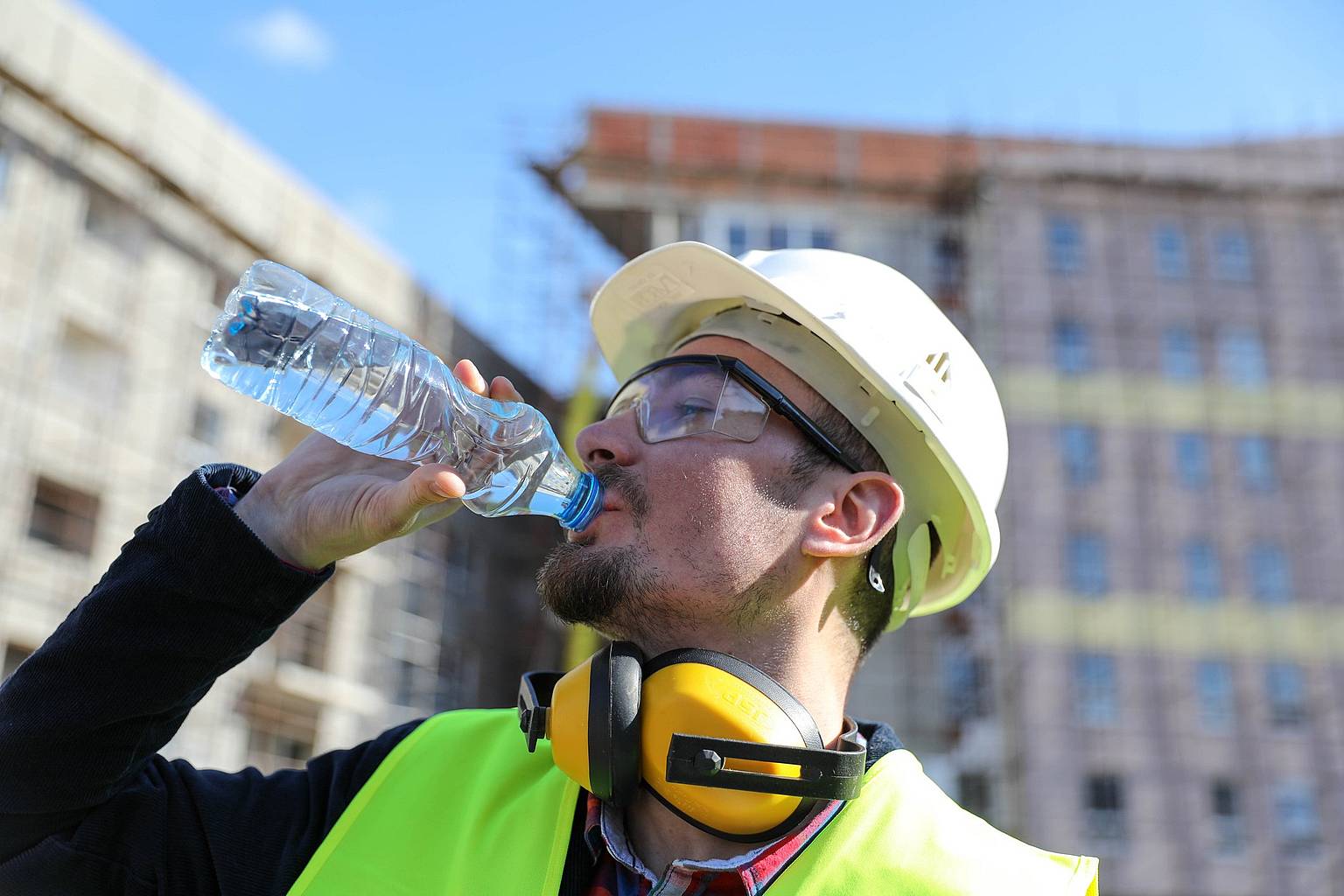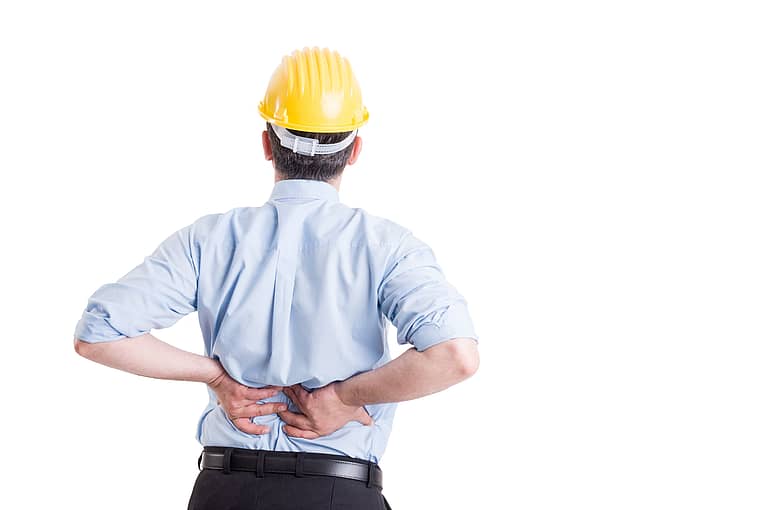As we move into the warmer months, it is important to understand the different safety issues that contractors must address as working conditions change. In the recently published AWCI document, “Safe Work Practices for Wall & Ceiling Industry Construction Workers,” the section devoted to heat illness includes the following tips:
• Initially, acclimate gradually to hot environments.
• Start hydrating several days ahead of work to be performed in hot environments.
• Avoid drinking alcohol and other beverages that accelerate dehydration when work in hot environments is forthcoming.
• Whenever possible, perform the most labor-intensive parts of the day’s work during the earlier morning hours.
• Wear clothing that will keep you as cool as possible, such as lightweight cotton.
• When needed, use commercial cooling products, such as hardhat cooling pads, cooling sweat bands, cooling vests, cooling towels, neck shades, etc.
• Take breaks in cool locations whenever it is needed to prevent overexposure.
Every year, 1,220 people die from extreme heat in the United States, according to the Centers for Disease Control. Older workers are more susceptible to heat illness: The 45–54 age group is more than three times the death rate for those aged 25–34. The rate is even higher for workers over 54, and more men than women die from heat-related illnesses. Workers and supervisors should know the symptoms of heat-related illnesses and ways to avoid conditions that lead to problems. In warmer climates, many construction sites start work between 4 a.m. and 7 a.m. and shut down during hotter parts of the day. Working in direct sunlight cannot always be avoided, but workers can be rotated out of these areas and given hydration breaks as needed. Wearing loose-fitting, breathable light-colored clothing is helpful.
This is more of an issue in areas of high humidity. Higher humidity reduces the body’s ability to cool itself by the evaporation of sweat. Although evaporative cooling is a very effective method of temperature control, if the air is already saturated, moisture does not evaporate. Cooling can be improved by increasing air movement, even in humid environments. Workers should be especially attentive to heat illnesses during calm, humid, hot days. Many weather services report a heat stress index that accounts for wind and humidity. Since conditions vary across neighborhoods and even across construction sites, supervisors should not rely too heavily on these forecasts and pay closer attention to how their workers are responding to their individual conditions.
The two main types of heat illness are heat exhaustion and heat stroke. Heat exhaustion is less severe but still considered serious. Symptoms include headache, dizziness or fainting, weakness and wet skin, irritability or confusion, and eventually can lead to thirst, nausea and vomiting. Heat stroke symptoms include confusion, inability to think clearly, passing out, collapsing or having seizures. Heat stroke is a more serious condition that can result in death. If a worker in a hot environment stops sweating, this is a clear indication of heat stroke. If you witness any of these conditions in a coworker, get them to a cooler environment, get them cool liquids to drink if they are conscious, and notify a supervisor.
These are not the only issues that wall and ceiling construction workers should consider as temperatures rise:
Skin protection from the sun. Although this should be a consideration year-round, since there is more exposed skin in warmer weather, there is greater exposure to sun, which can lead to skin cancer. Workers should make it a regular practice to apply sunscreen to exposed areas of the body year-round.
Wildlife. Animals and insects are more active during warmer months. Construction workers should take special care and preventive measures to avoid bites, stings and similar incidents in areas where scorpions, bees, rodents and venomous snakes are active. I know from experience that getting multiple stings while climbing a ladder can lead to fall hazards.
As the weather warms, construction workers are likely to use different equipment for different tasks that cannot be performed at lower temperatures. Ensure equipment stored over the winter is ready for use: properly primed, fueled and clear of debris before restarting. Fueling gasoline and propane equipment has its own series of safety and health issues.
Burns from touching hot equipment occur more often during warmer weather. Thankfully, most construction sites require gloves, but any contact with bare skin can lead to burns.
By knowing the signs of heat illness and some of the other issues with working in the heat, wall and ceiling workers can have a more safe, productive and enjoyable spring and summer. AWCI will be adding safety publications to the members-only section of awci.org, including ones on recognizing, avoiding and dealing with heat-related illnesses.









